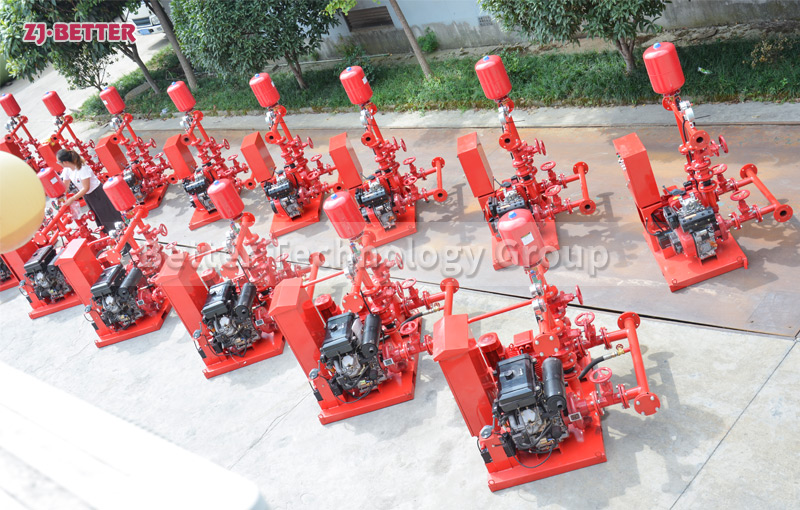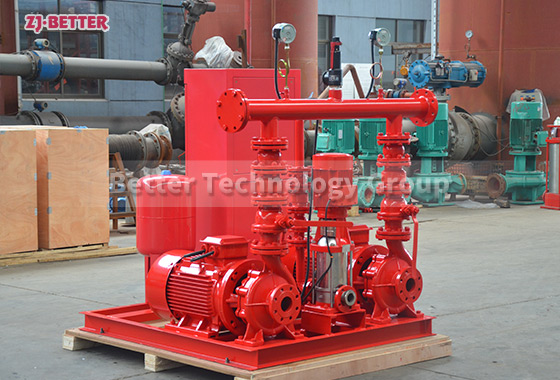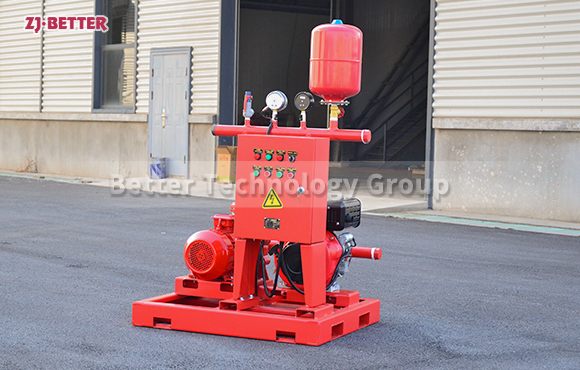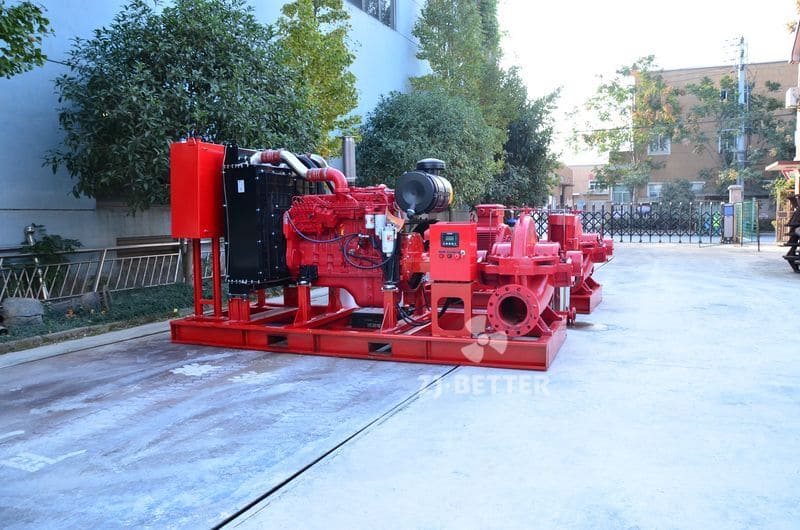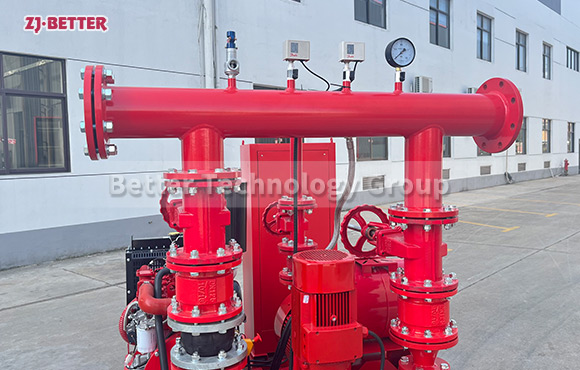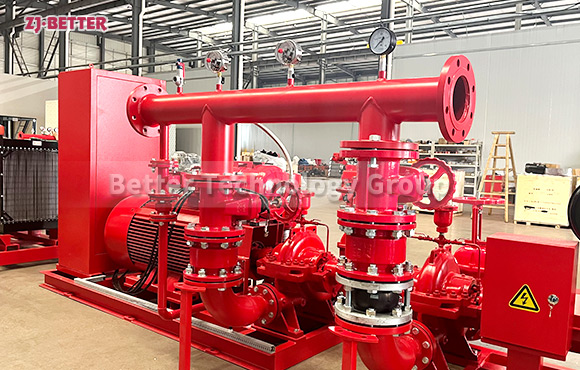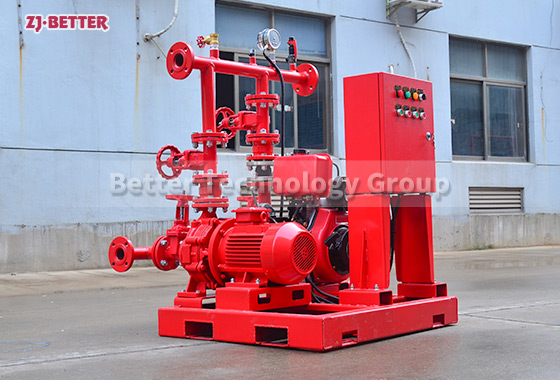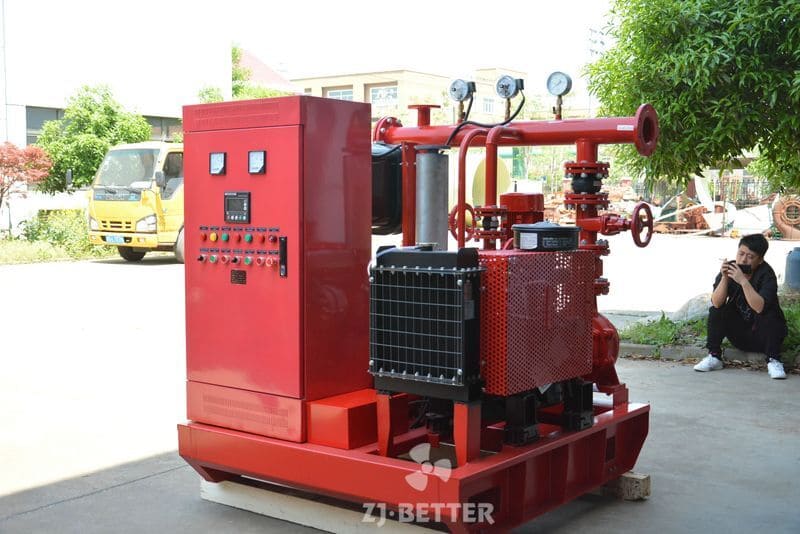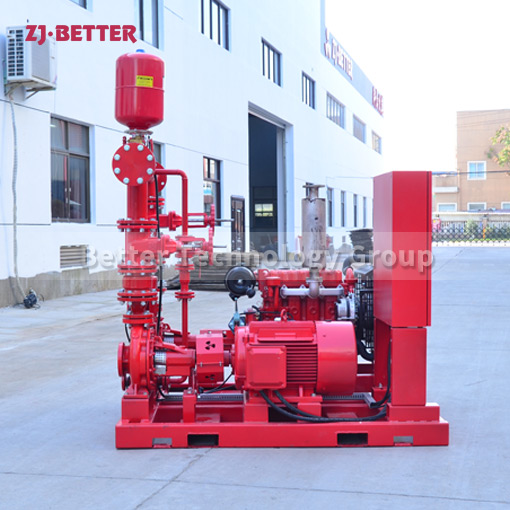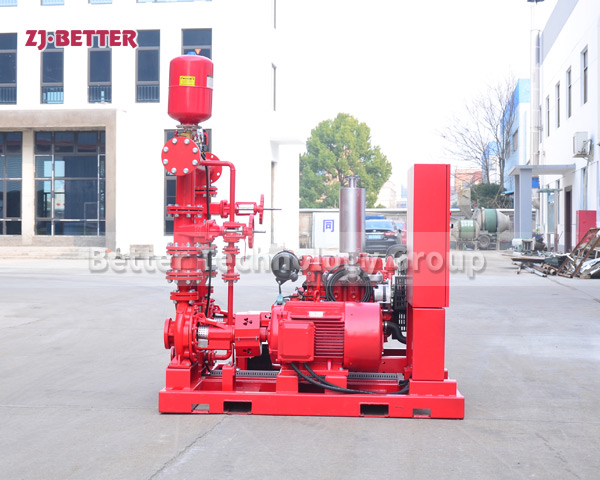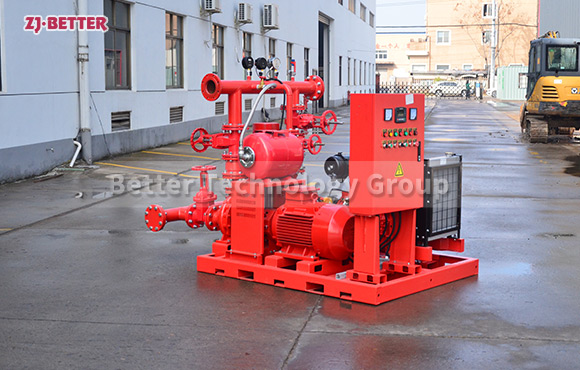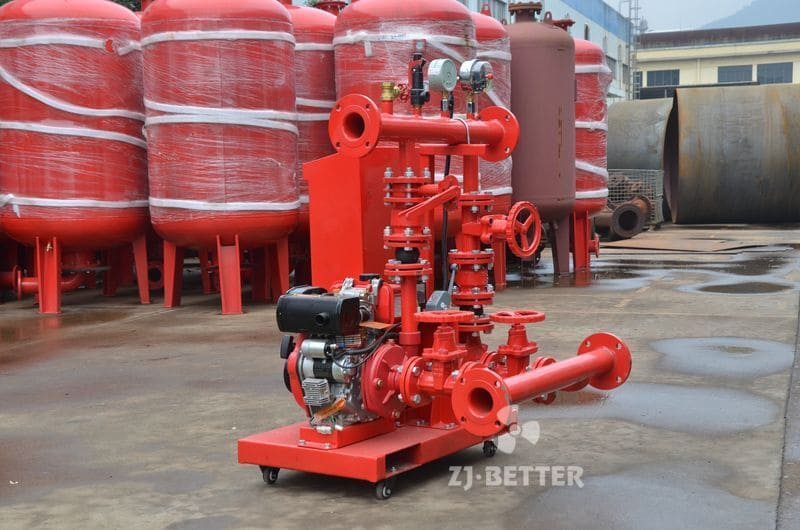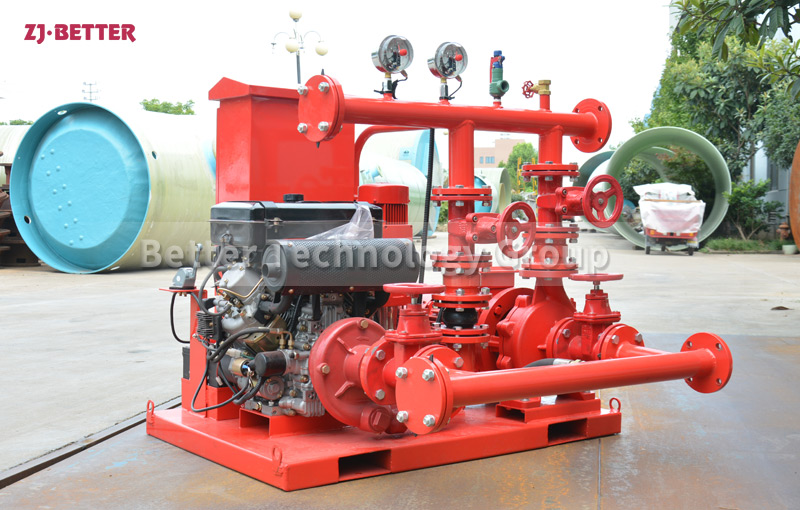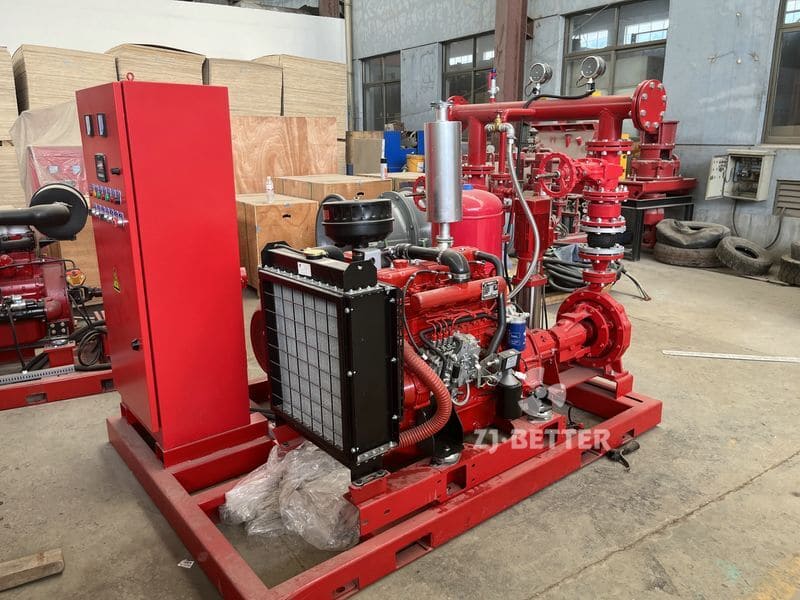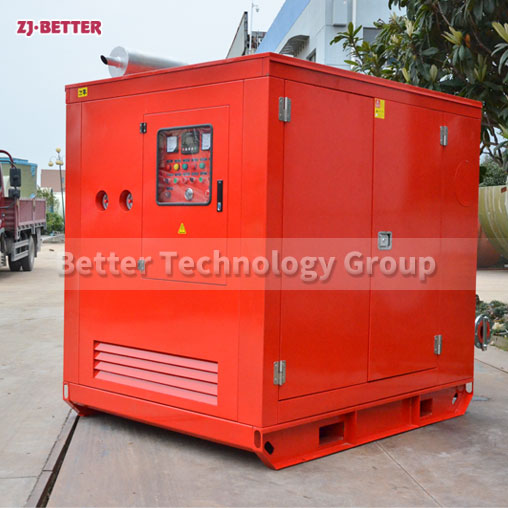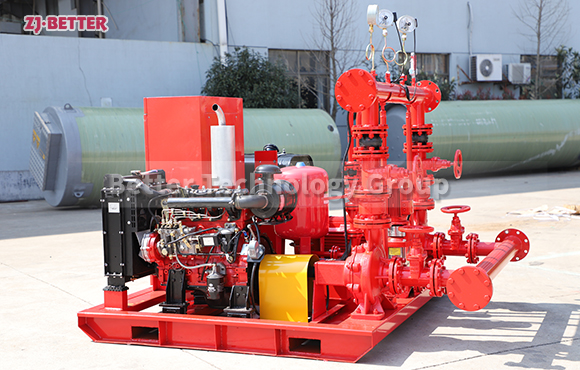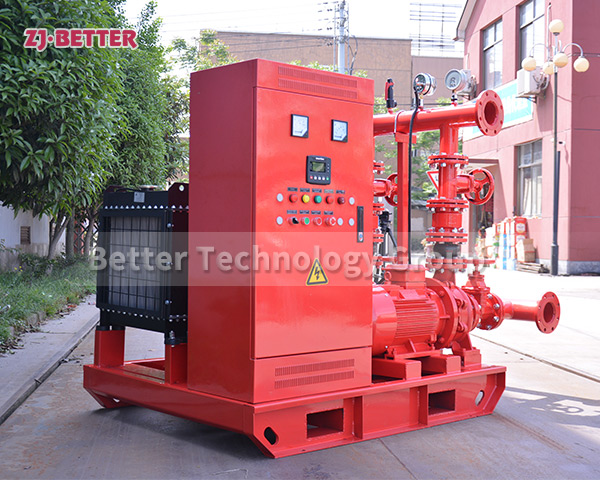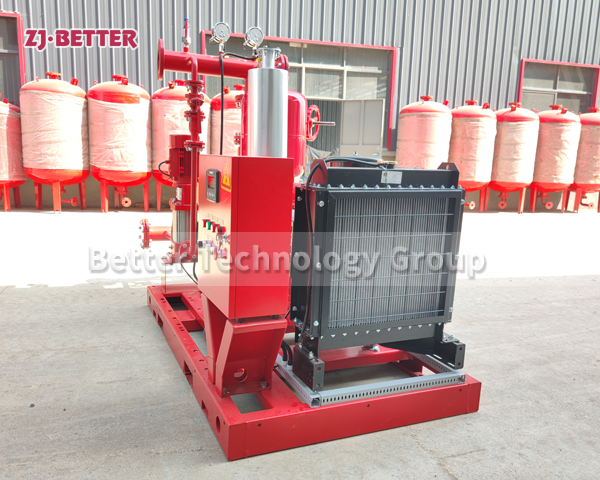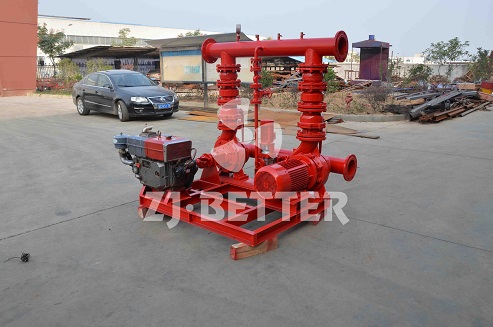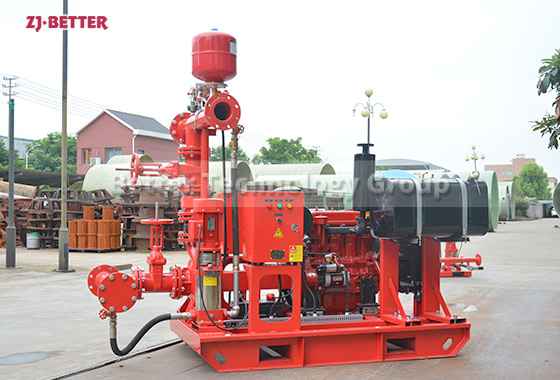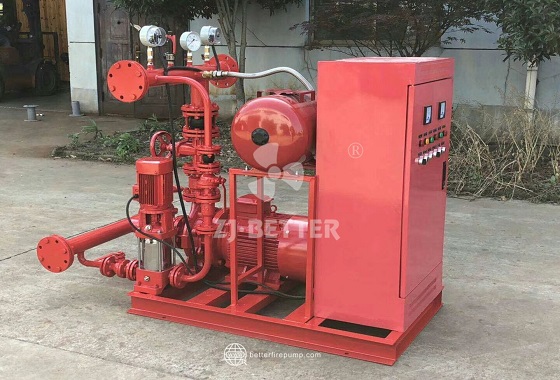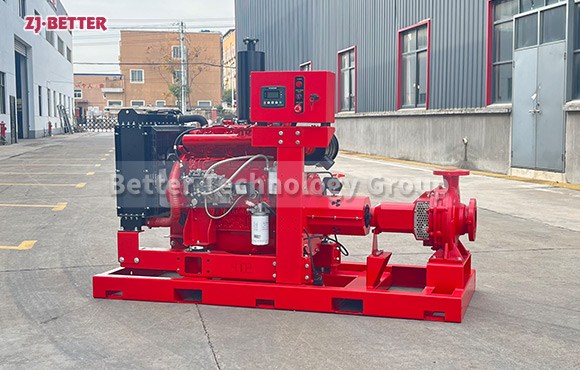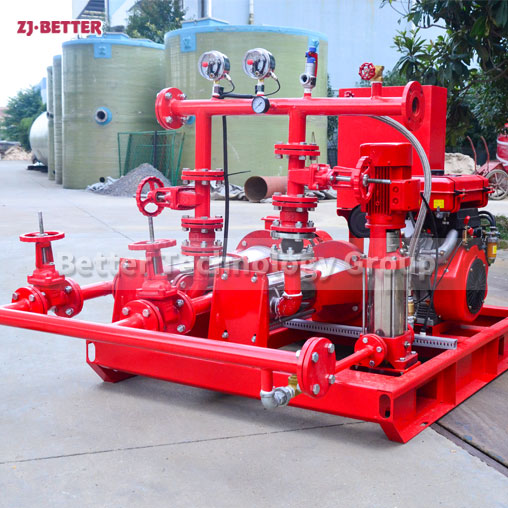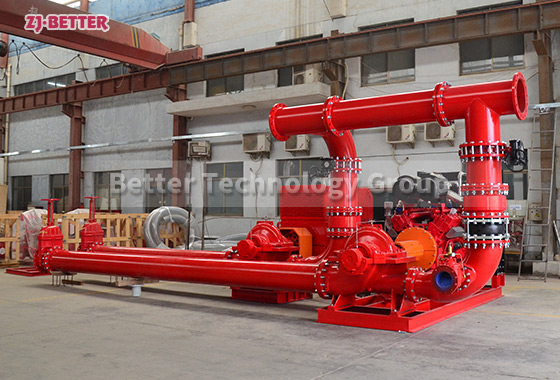What are the advantages and characteristics of the diesel engine fire pump produced by Better?
Diesel engine fire pumps are suitable for use in fire water supply environments with high head and high flow rate or as backup fire water supply pumps. The reason is that the diesel engine has strong power and can be used with large flow fire deep well pumps, and the diesel engine fire pumps have the characteristics of self-starting when power is off. Emergency water supply is available, so diesel engine fire pumps are favored.
Due to its stable performance and high frequency of use, diesel engine fire pumps can be matched with various domestic and foreign brands of diesel engines according to user needs, and selected according to the required head, flow, power and material requirements of fire pumps to ensure stable use by customers. Diesel engine fire pumps are easy to automate, adopt good hydraulic design and structural design, and have high operating efficiency. They are suitable for use in warehouses, docks, power plants, textiles and other enterprises. The repair and maintenance work of Better Technology Group Co., Ltd. is very good. Customers don’t have to worry about failures, so the service life of diesel engine fire pumps is long.

